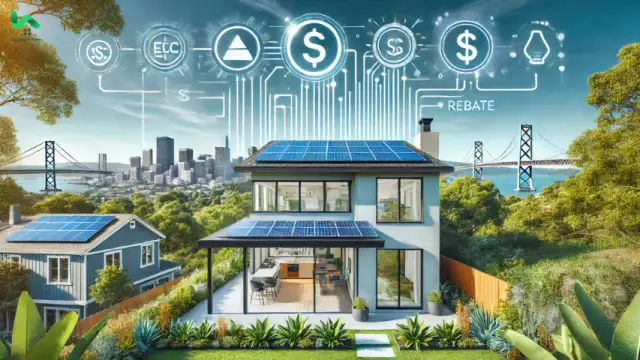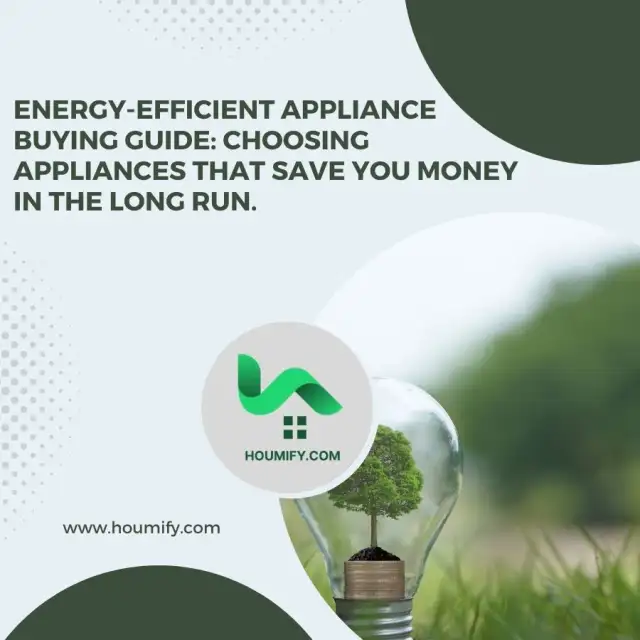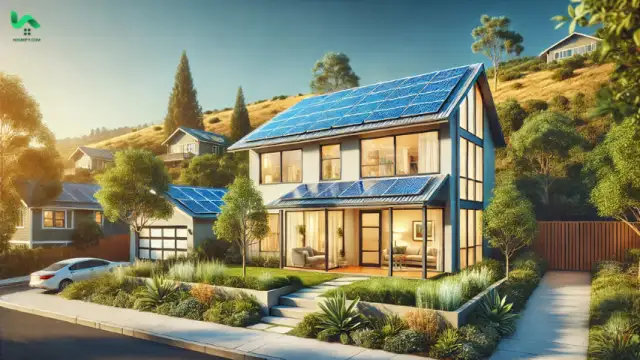Homeowner Energy Rebates: Maximizing Savings and Sustainability
Homeowners today are increasingly focused on energy efficiency—not just for environmental benefits but for cost savings, too. Enter homeowner energy rebates, a crucial incentive that can help property owners upgrade their homes while cutting costs. These rebates, offered by governments, utility companies, and other organizations, are designed to reward energy-efficient improvements, making sustainable living more accessible.
If you’re considering enhancing your home’s energy efficiency, understanding these rebates can open doors to significant savings. This guide will explain what homeowner energy rebates are, their importance, and how to make the most of them.
What Are Homeowner Energy Rebates and Why Do They Matter?
Homeowner energy rebates are financial incentives provided to individuals upgrading their homes with energy-efficient appliances, systems, or renovations. These programs aim to reduce energy consumption, lower utility bills, and minimize environmental impact.
Whether you're installing solar panels, upgrading insulation, or switching to energy-efficient appliances, rebates can offset the upfront costs significantly. In some cases, these rebates can even cover a large portion of your project, making them an essential resource for budget-conscious homeowners.
Understanding Homeowners’ Needs Behind Energy Rebates
Why Are People Searching for Homeowner Energy Rebates?
Most people searching for information about energy rebates fall into one of these categories:
- Cost-conscious homeowners: Those looking for ways to reduce their utility bills through efficient energy upgrades.
- Environmentally conscious individuals: People motivated by reducing their carbon footprint and contributing to sustainability.
- First-time home buyers or renovators: Individuals exploring financial assistance options for upgrading their homes.
When crafting rebate programs or content, understanding these motivations ensures better alignment with users’ needs.
Benefits of Homeowner Energy Rebates
Financial Savings
Energy-efficient upgrades often require high upfront costs. Rebates can make these upgrades more affordable by reducing initial expenses. For example, upgrading to energy-efficient HVAC systems can save homeowners up to $500 annually on utility bills while claiming rebates up to $1,000.
Environmental Impact
By using energy-efficient products and systems, homeowners contribute to reducing greenhouse gas emissions, supporting global efforts to combat climate change.
Increased Home Value
Energy-efficient homes are highly desirable in the real estate market. Many buyers are willing to pay more for properties with features that promise lower operating costs.
How to Find and Claim Homeowner Energy Rebates
Check Government Programs
Federal and state governments often have programs promoting energy efficiency. Websites like the Department of Energy or local municipal websites list available rebates for your area.
Look into Utility Company Offers
Many utility providers offer their own rebate programs to encourage reduced energy consumption. For instance, discounts on LED lighting or reimbursements for upgrading to energy-efficient appliances are common.
Consult with Energy Auditors
Professional energy auditors can evaluate your home and suggest upgrades that qualify for rebates. These assessments often reveal hidden opportunities to save.
Keep Documentation Handy
Claiming rebates typically requires proof of purchase, installation, and energy savings. Maintain proper documentation to ensure a seamless application process.
Energy-Saving Upgrades That Qualify for Rebates
- Solar Panel Installations: Many rebate programs reward homeowners installing renewable energy systems like solar panels.
- Insulation and Sealing: Enhancing insulation in attics and walls qualifies for energy rebates as it significantly reduces heating and cooling costs.
- Energy-Efficient Windows and Doors: Upgrading to windows and doors with energy-efficient certifications often comes with rebates.
- HVAC Upgrades: Transitioning to high-efficiency heating, ventilation, and air conditioning systems frequently qualifies for rebates.
- Smart Thermostats: These devices allow for precise energy management, making them eligible for smaller yet meaningful rebates.
Tips to Maximize Homeowner Energy Rebates
Stay Informed
Keep up with new programs and deadlines to ensure you don’t miss valuable rebate opportunities.
Combine Rebates with Tax Credits
Some energy-efficient improvements qualify for both rebates and federal tax credits, offering double savings.
Work with Certified Installers
Many rebate programs require using certified professionals for installations. Check the requirements before beginning a project.
Bringing It All Together
Homeowner energy rebates are an invaluable tool for making energy-efficient upgrades more affordable. By taking advantage of these programs, you can lower your energy bills, increase your home’s value, and contribute to environmental sustainability. Whether you’re considering major renovations or minor adjustments, these rebates help bridge the gap between aspiration and action.
Are you ready to start saving? Explore rebate options today and transform your home into an energy-efficient haven. Share your experiences or tips in the comments below, and let’s keep the conversation about sustainable living going!




